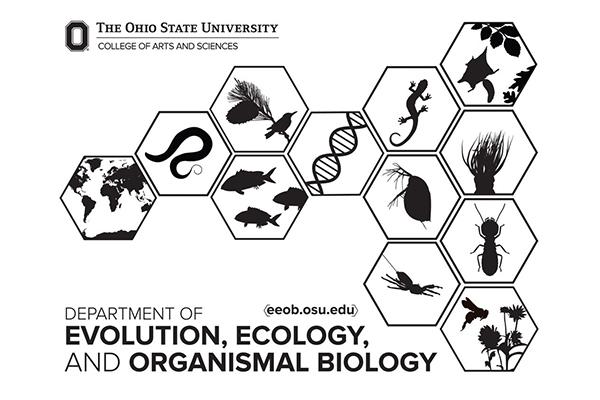EEOB Publications :: April 1 - April 30

Metals could challenge pollinator conservation in legacy cities
Sarah B. Scott, Frances S. Sivakoff, Megan E. Meuti & Mary M. Gardiner
Journal of Insect Conservation volume 27, pages 361–375 (2023)
Abstract
Metal contamination is a worldwide issue that is particularly present and ubiquitous in urban environments. Many pollinators, including species of bees, butterflies, and moths are found in heavily modified landscapes where they may be negatively affected by exposure to metal contamination. Increased efforts to convert vacant urban lands to habitat that benefits such communities necessitates a thorough understanding of the hazard and risks pollinators face in metal contaminated landscapes. This investigation revealed that bees and butterflies have complex species and population specific responses to metals. Exposure to these pollutants can have reproductive, immunological, behavioral, and developmental impacts. These include challenged reproductive efforts, longer developmental times, and elevated brood mortality for pollinators.
Predictors of genomic diversity within North American squamates
Bryan Carstens, Ivy Larkin, Lisa Barrow, Edward Myers. Zenodo. 2023. doi: 10.5061/dryad.qfttdz0ks
Description
Comparisons of intraspecific genetic diversity across species can reveal the roles of geography, ecology, and life history in shaping biodiversity. The wide availability of mitochondrial DNA (mtDNA) sequences in open-access databases makes this marker practical for conducting analyses across several species in a common framework, but patterns may not be representative of overall species diversity. Here, we gather new and existing mtDNA sequences and genome-wide nuclear data (genotyping-by-sequencing; GBS) for 30 North American squamate species sampled in the Southeastern and Southwestern United States. We estimated mtDNA nucleotide diversity for two mtDNA genes, COI (22 species alignments; average 16 sequences) and cytb (22 species; average 58 sequences), as well as nuclear heterozygosity and nucleotide diversity from GBS data for 118 individuals (30 species; four individuals and 6,820–44,309 loci per species). We showed that nuclear genomic diversity estimates were highly consistent across individuals for some species, while other species showed large differences depending on the locality sampled. Range size was positively correlated with both cytb diversity (Phylogenetically Independent Contrasts: R2 = 0.31, p = 0.007) and GBS diversity (R2 = 0.21; p = 0.006), while other predictors differed across the top models for each dataset. Mitochondrial and nuclear diversity estimates were not correlated within species, although sampling differences in the data available made these datasets difficult to compare. Further study of mtDNA and nuclear diversity sampled across species' ranges is needed to evaluate the roles of geography and life history in structuring diversity across a variety of taxonomic groups.
